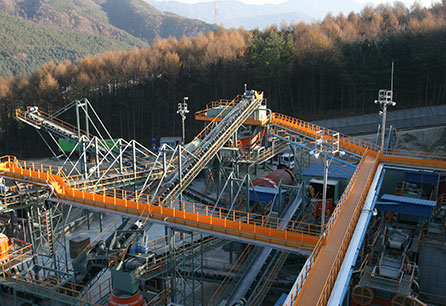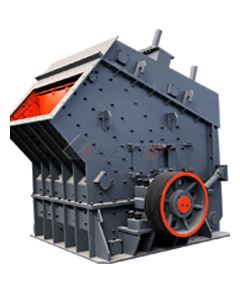Hard surfacing of crusher plates is a common maintenance practice used to extend their service life by applying wear-resistant materials to the surfaces subjected to abrasion and impact. Here’s a detailed breakdown of the process:
1. Purpose of Hard Surfacing
– Wear Resistance: Protects crusher plates from abrasive wear caused by rocks, ores, and other materials.
– Impact Resistance: Enhances durability against repeated impact forces.
– Cost Savings: Reduces downtime and replacement costs by extending plate lifespan.
 2. Suitable Materials for Hard Surfacing
2. Suitable Materials for Hard Surfacing
Commonly used hardfacing alloys include:
– High-Carbon Steels: For moderate abrasion resistance.
– Chromium Carbide Alloys: Excellent abrasion resistance (e.g., Stellite, Tribaloy).
– Tungsten Carbide Composites: Extremely hard, ideal for severe abrasion.
– Manganese Steel Overlays: Used for impact-heavy applications (e.g., Hadfield steel).
– Nickel- ed Alloys: Good corrosion resistance along with wear resistance.
ed Alloys: Good corrosion resistance along with wear resistance.
3. Hard Surfacing Methods
Several welding techniques can be used:
– Shielded Metal Arc Welding (SMAW/Stick Welding) – Common for field repairs.
– Flux-Cored Arc Welding (FCAW) – Faster deposition rates.
– Gas Metal Arc Welding (GMAW/MIG) – Suitable for automation.
– Submerged Arc Welding (SAW) – High deposition efficiency for large surfaces.
– Oxy-Acetylene Welding – Used for small repairs or delicate applications.
4. Steps in Hard Surfacing Crusher Plates
# (A) Surface Preparation
– Clean the plate thoroughly (grind off rust, scale, or old weld deposits).
– Preheat if necessary (especially high-carbon steels) to prevent cracking.
# (B) Selecting Electrodes/Filler Material
– Choose based on wear type:
– Severe abrasion → Tungsten carbide or chromium carbide electrodes.
– Moderate abrasion + impact → Manganese steel electrodes.
# (C) Application Technique
– Use a layered approach:
1. Apply a buffer layer (if needed) to prevent cracking.
2. Deposit hardfacing alloy in multiple passes (~3–6 mm thickness).
3. Use staggered bead patterns to minimize stress concentrations.





Leave a Reply